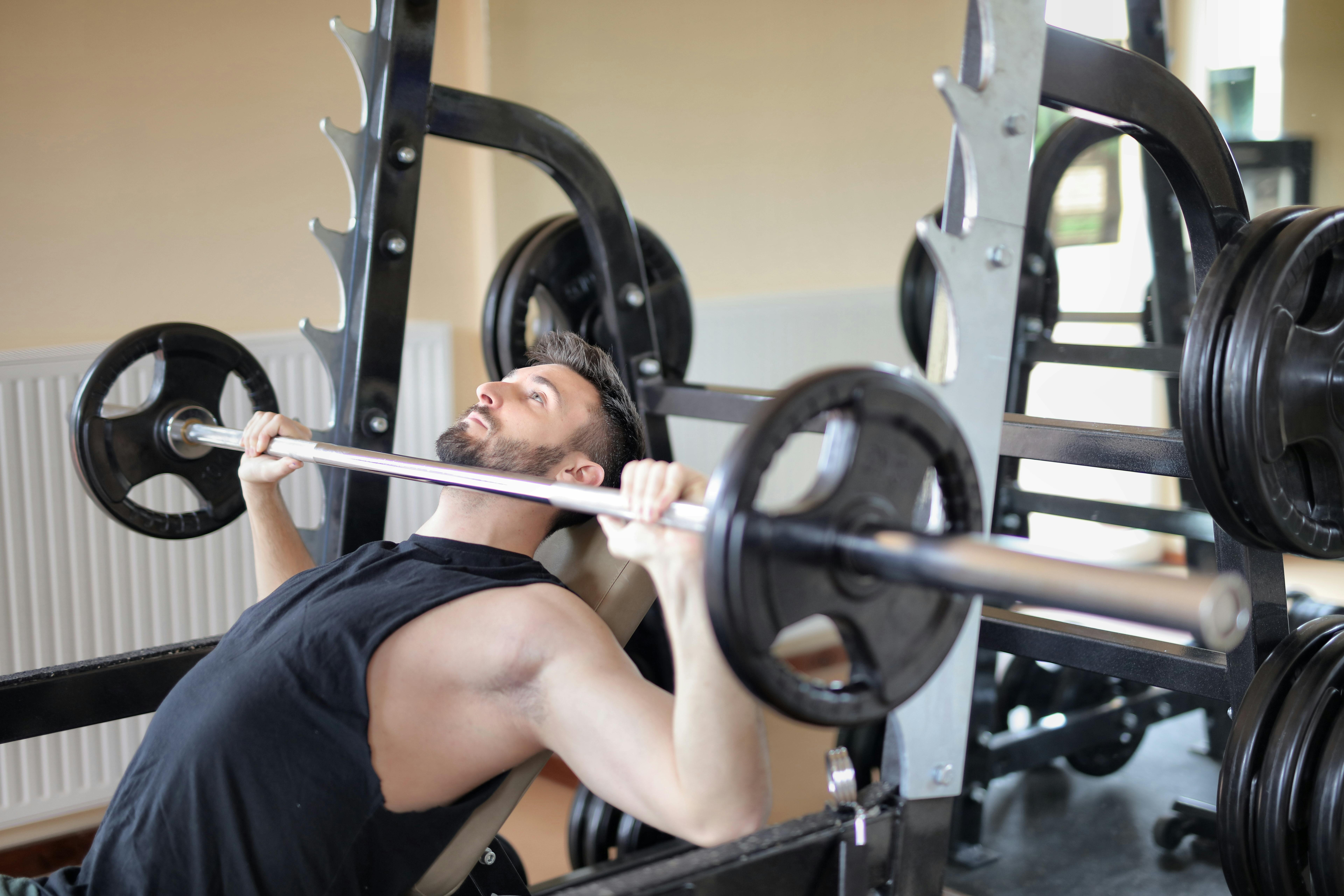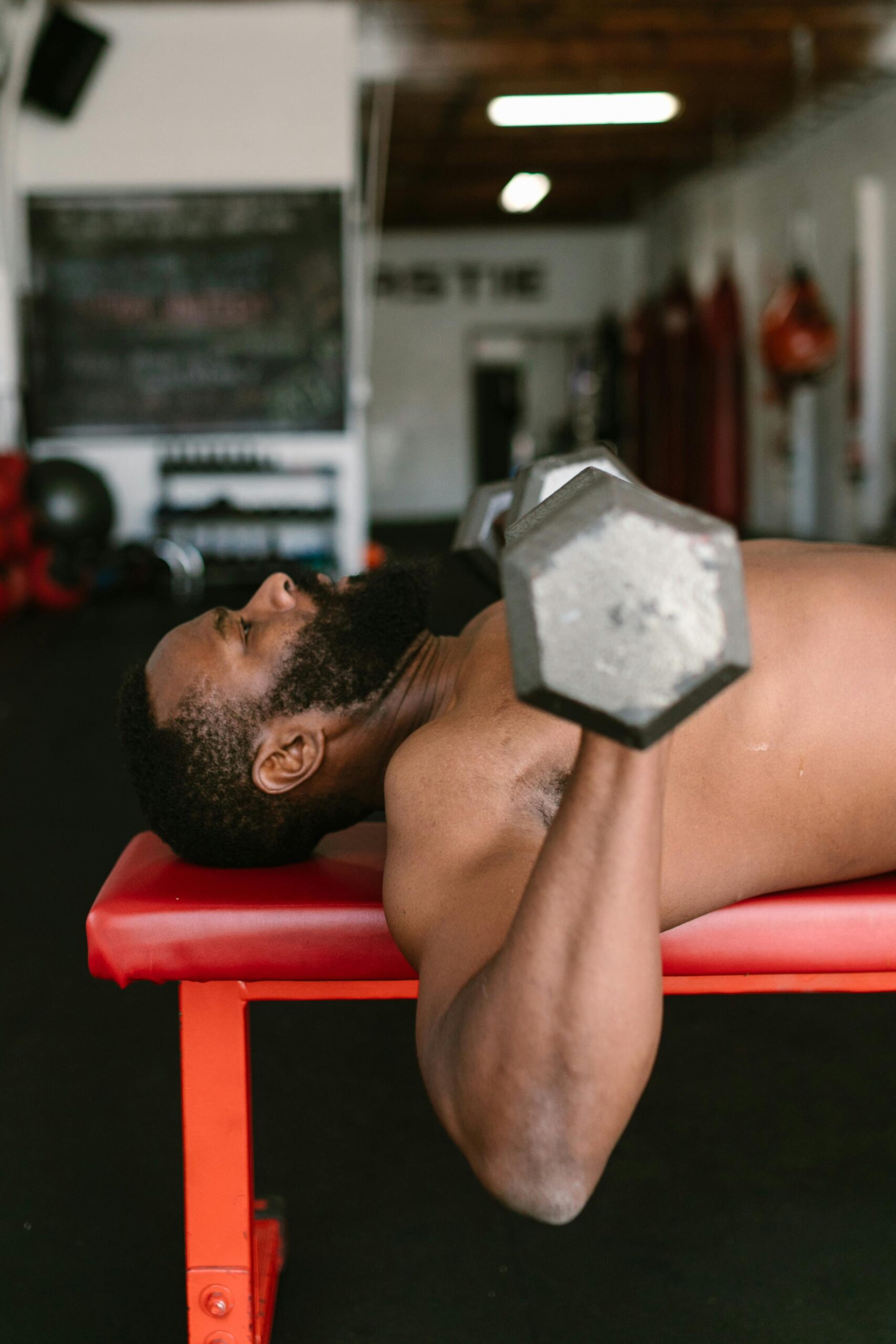Essential Guide to Schrägbankdrücken: Achieve Improved Muscle Development in 2025!
In the ever-evolving world of fitness, Schrägbankdrücken (incline bench press) stands out as a vital exercise for those seeking to improve their Muskelaufbau (muscle development) and overall upper body strength. This compound movement primarily targets the Brustmuskulatur (chest muscles), while also engaging the shoulders and triceps. Given its popularity in Krafttraining (strength training), understanding the nuances of this exercise can greatly enhance your Trainingsroutine (training routine) and maximize your Fitnessziele (fitness goals).
This comprehensive guide will explore the fundamentals of Schrägbankdrücken, the technique behind effective execution, and considerations for building a successful training program. With an enhanced focus on practices that lead to better Muskelkraft (muscle strength) and körperliche Fitness (physical fitness), you’ll be on your way to achieving significant results in 2025.
As you read through, look out for practical tips on exercise variations, safety measures, and nutritional strategies essential for optimal performance. Let’s dive into the mechanics of Schrägbankdrücken and see how it can transform your training in the years to come.
Understanding Schrägbankdrücken and Its Benefits
The Anatomy of Muscle Engagement
Schrägbankdrücken is not just a simple lifting exercise; it involves coordinated actions from multiple muscle groups. The primary movers are the pectoralis major and minor, with assistance from the anterior deltoids and triceps brachii. Proper execution enhances muscle activation, leading to better overall Muskelhypertrophie (muscle hypertrophy) and strength gains.
Utilizing the incline bench modifies the angle of the lift, placing more emphasis on the upper part of the pectoral muscles. This variation is crucial for developing a well-rounded chest and achieving aesthetic balance. Engaging different muscle fibers through adjustments in bench angles can lead to improved Muskeldefinition (muscle definition).
Technical Execution for Maximum Effectiveness
The key to effective Schrägbankdrücken lies in proper technique. Begin by positioning yourself comfortably on the bench, ensuring a firm grip on the Langhantel (barbell). The bar should travel along a straight path during the lift, maintaining a controlled and steady motion. Correct form minimizes the risk of injury and maximizes the workout effect.
To achieve optimum results, focus on three main components: your grip width, foot placement, and breathing technique. A wider grip will engage the chest more effectively, while a narrower grip can engage the triceps significantly. Additionally, ensure your feet are flat on the ground to maintain stability and support during the lift.
Integrating Schrägbankdrücken into Your Training Routine
Incorporating Schrägbankdrücken into your training involves understanding your fitness level and designing an appropriate Trainingsplan (training plan). Aim for 3-4 sets of 8-12 repetitions based on your Trainingsintensität (training intensity) and personal goals.
It’s important to listen to your body and adjust weights accordingly. If you’re a beginner, consider starting with lighter weights, gradually increasing as your strength improves. Don’t forget to include warm-up sets to prepare your muscles for the heavier lifts and aid in recovery with cooldown stretches.

Advanced Techniques and Training Variations
Exploring New Angles for Greater Engagement
Once you have mastered the fundamentals of Schrägbankdrücken, consider exploring variations to maintain engagement and progress. Adjusting the angle of the bench can help you target different parts of the chest. For example, a steeper incline places more focus on the clavicular head of the pectorals.
In addition to the traditional barbell lift, integrating weights or resistance bands can significantly enhance your workout. Using Fitnessgeräte (fitness equipment) like dumbbells or kettlebells provides a different stimulus to your muscles, enhancing the overall training effect.
Strengthening Auxiliary Muscles for Performance Improvements
To enhance your performance in Schrägbankdrücken, consider incorporating exercises that target auxiliary muscle groups. For instance, exercises like overhead presses, push-ups, and chest flys can improve strength in supporting muscles, which contributes to better lifting capabilities.
Moreover, employ functional training techniques that include multiple muscle groups to prepare your body for various movements. This approach enhances not only strength but also Körperhaltung (posture) and Körperstabilität (body stability).
Monitoring Progress and Making Adjustments
To optimize muscle growth, it’s essential to monitor your progress through consistent tracking. Consider keeping a training log to assess your lift performance, muscle recovery, and overall physical outcomes. Adjust your Trainingshäufigkeit (training frequency) and intensity based on your recorded progress.
Having a fitness coach or participating in workout classes can provide accountability and support, ensuring you stay motivated and adhere to your goals.

The Importance of Nutrition in Training Success
Fueling Your Workouts for Optimal Performance
A balanced diet plays a crucial role in achieving your training goals. Understanding the right Sporternährungsstrategien (sports nutrition strategies) can significantly enhance your muscle recovery and overall performance. Focus on protein-rich foods that aid in muscle repair and growth, emphasizing whole foods such as lean meats, dairy, and legumes.
Additionally, proper hydration is vital for performance during strength training. Drink sufficient water or electrolyte beverages, especially during intense workout sessions. Tailoring your nutrition to encourage Kraftentwicklung (strength development) will support your Leistungssteigerung (performance enhancement).
Supplements and Their Role in Muscle Development
While whole food sources should be your primary nutrient source, certain supplements can aid in achieving your fitness objectives. Whey protein is a popular supplement for its convenience and effectiveness in boosting muscle recovery post-exercise, while branched-chain amino acids (BCAAs) can further enhance exercise endurance and recovery.
Consulting with a nutritional expert can provide personalized guidance on suitable supplementation tailored to your specific fitness needs and lifestyle.
Monitoring Recovery for Sustainable Growth
Adequate recovery is as important as the workout itself. Implementing effective recovery techniques such as regular stretching, adequate sleep, and proper nutrition will contribute to long-term success in your fitness journey. Consider adding restorative practices like yoga or gentle stretching to your routine for improved flexibility and reduced injury risk.
Injury Prevention and Safety Tips
Common Injuries and How to Avoid Them
Improper technique or neglecting to warm up can lead to injuries during Schrägbankdrücken. Being aware of your body’s limits and recognizing signs of overexertion will help mitigate injury risks. Always prioritize proper warm-up exercises to prepare your muscles and joints.
Role of Stretching in Injury Prevention
Incorporating a stretching routine before and after your workouts will significantly enhance your flexibility and performance, preventing injuries. Focus on dynamic stretches targeted towards the chest, shoulders, and triceps while warming up, and static stretches during cooldown periods to help with muscle recovery.
When to Seek Professional Guidance
If you experience persistent pain while lifting or have past injuries, consider working with a Personal Trainer or a physiotherapist to help address potential issues. They can provide specialized training programs tailored to your needs, ensuring you are engaging in effective and safe practices.
FAQs About Schrägbankdrücken
What is the ideal repetition range for muscle growth?
The traditional recommendation for hypertrophy is 8-12 repetitions per set. Ensure you adjust your weights to achieve fatigue by the last few repetitions while maintaining proper form to maximize muscle growth.
How often should I include Schrägbankdrücken in my routine?
For optimal results, aim to incorporate Schrägbankdrücken into your workout routine 2-3 times per week, customizing frequency based on your overall Trainingspraxis (training practice) and recovery needs.
Can I perform Schrägbankdrücken at home?
Yes! If you have the appropriate equipment, such as a bench and weights, Schrägbankdrücken can easily be incorporated into your home workouts. Focus on maintaining proper form and gradually increase your weights.
What are the signs of overtraining?
Signs of overtraining may include persistent fatigue, decreased performance, prolonged muscle soreness, and increased susceptibility to injuries. Listen to your body and allow time for recovery when needed.
How does Schrägbankdrücken compare to flat bench press?
While both exercises target the chest muscles, Schrägbankdrücken focuses more on the upper pectorals and shoulder muscles due to the inclined angle, while the flat bench press engages the entire chest more uniformly.
